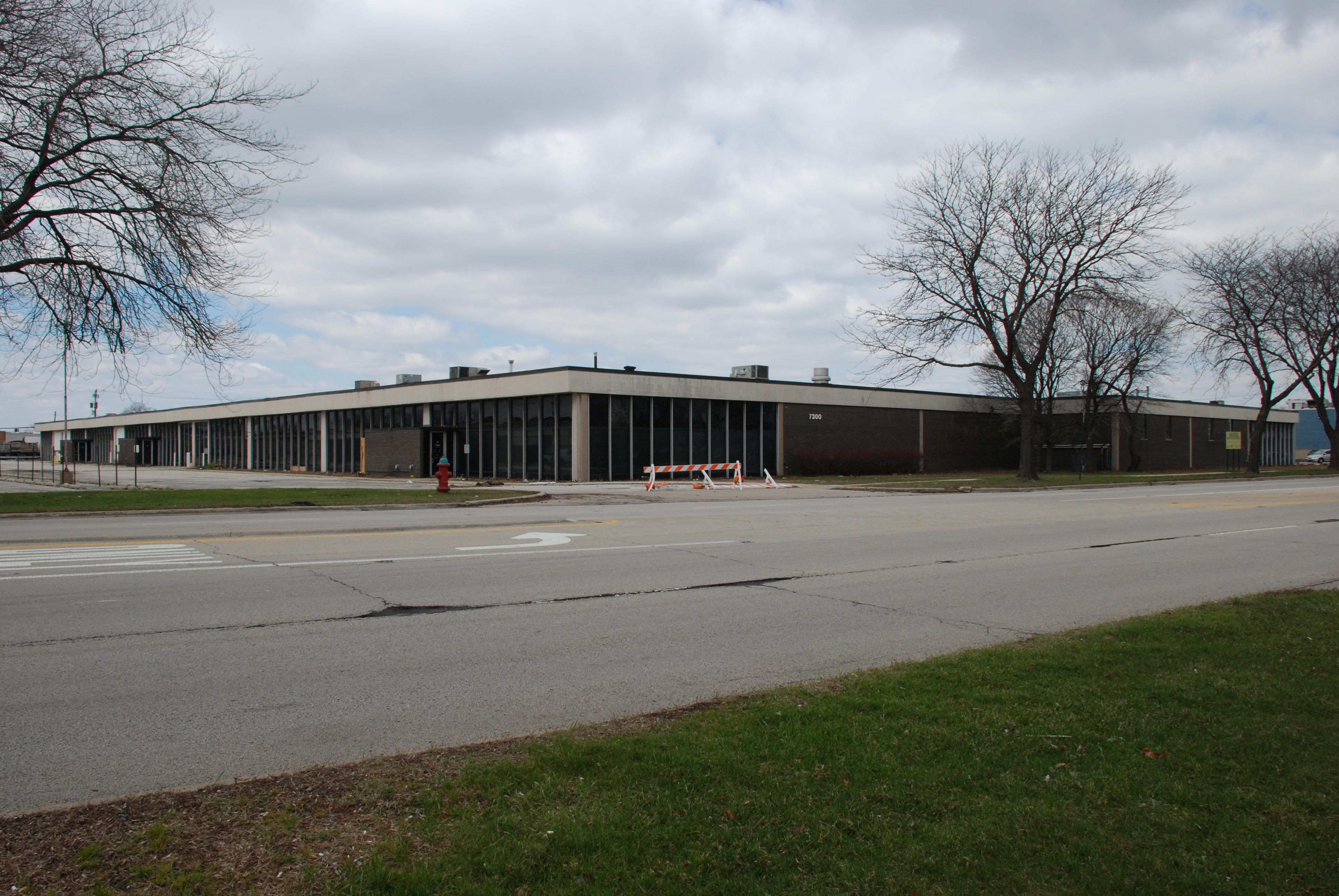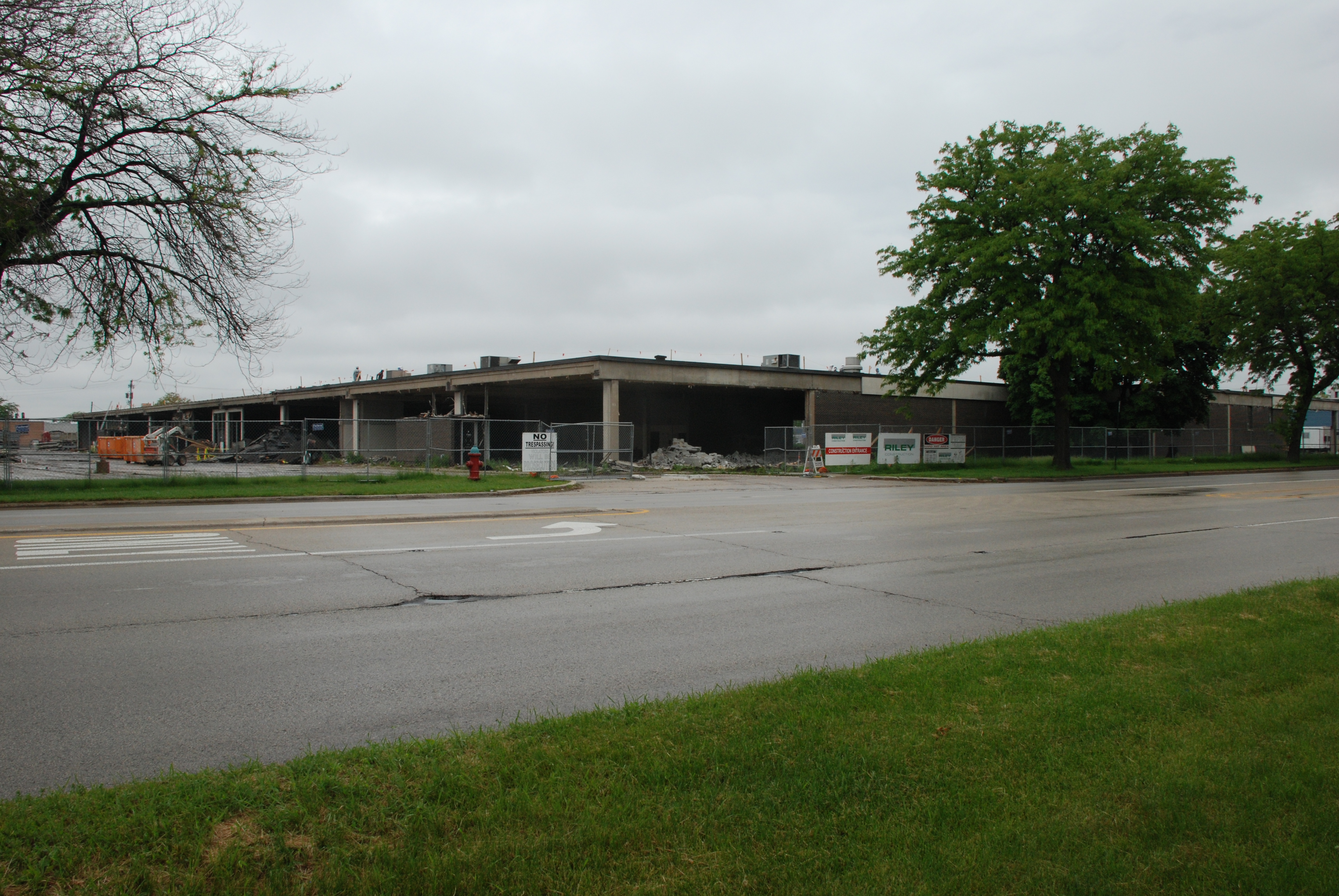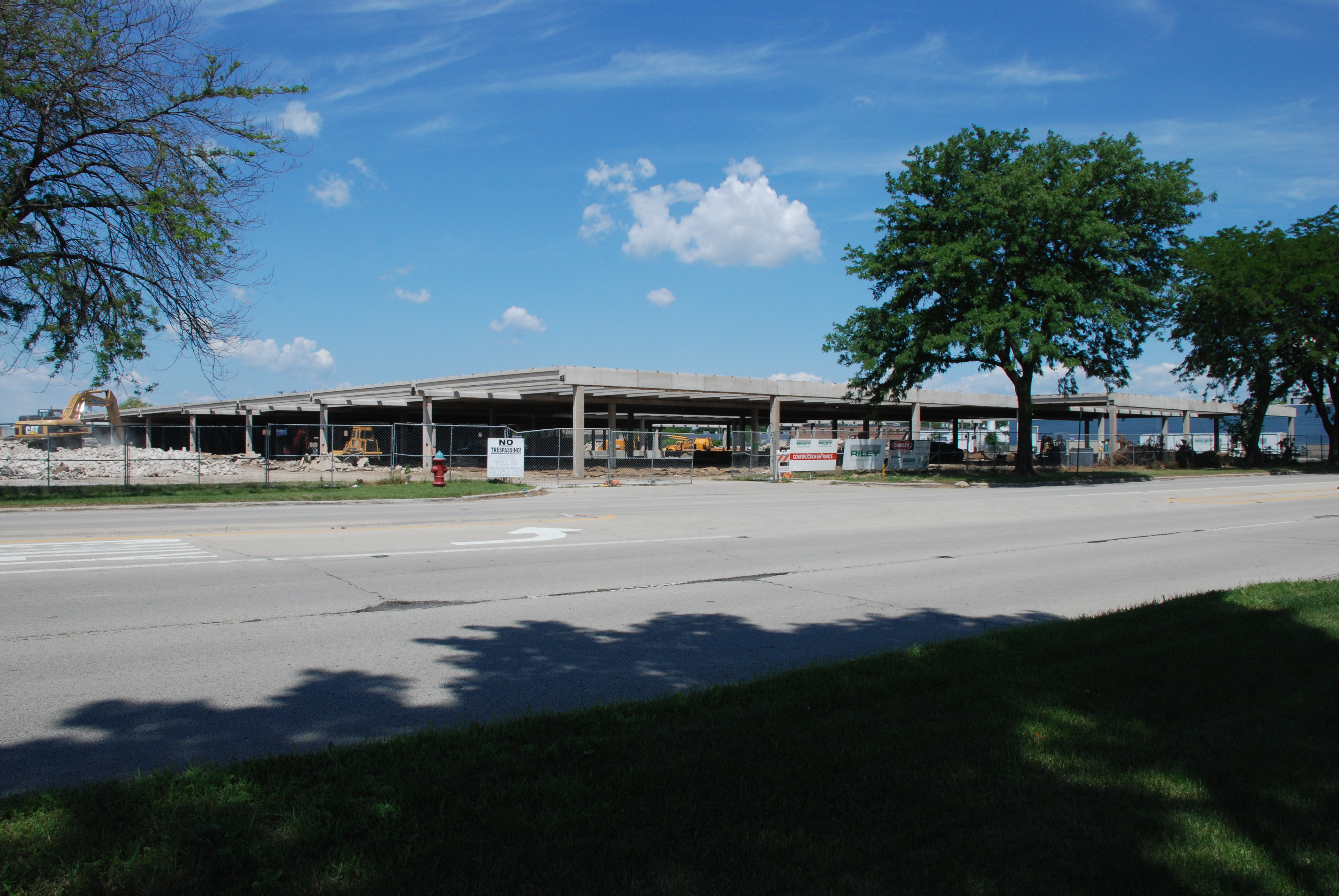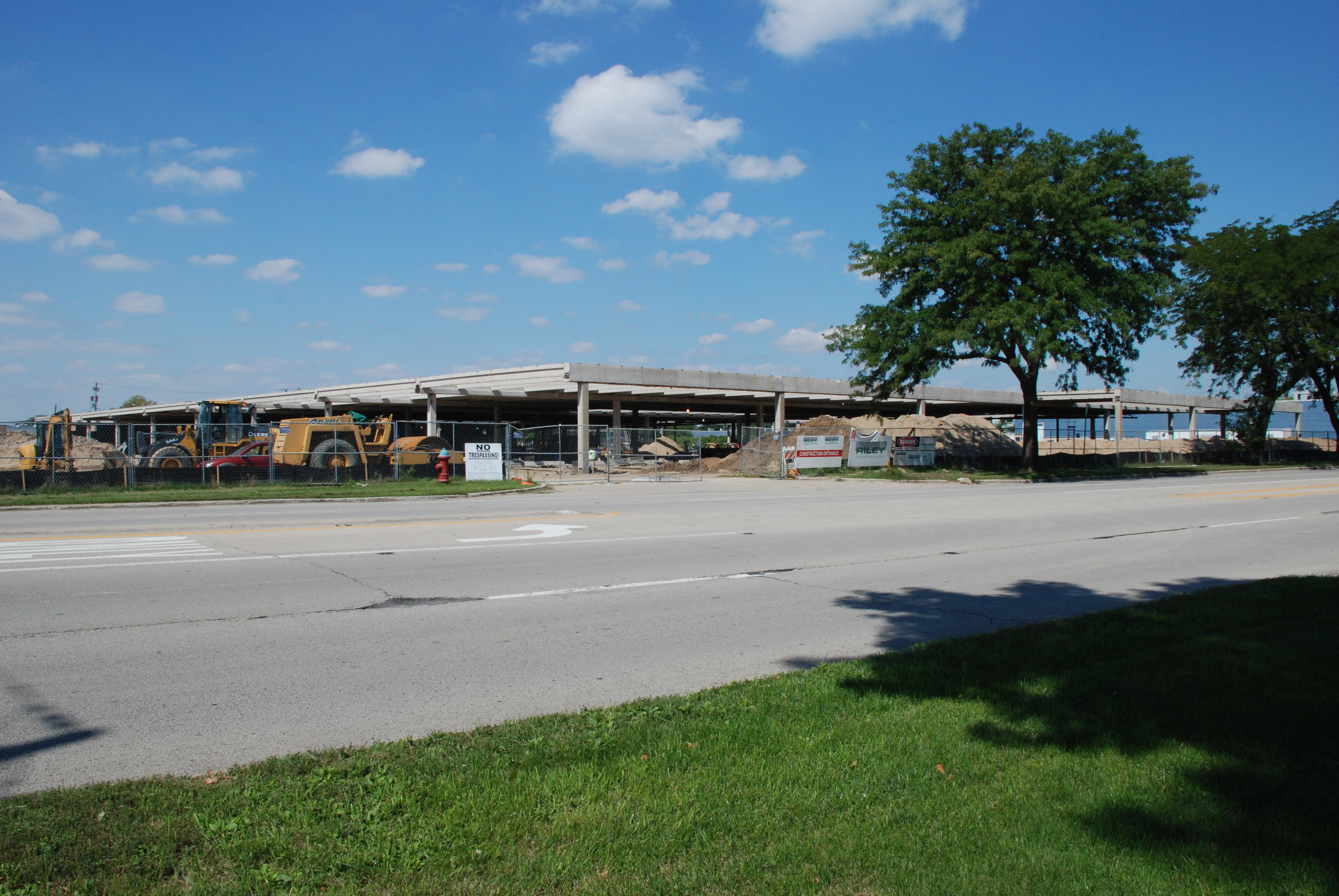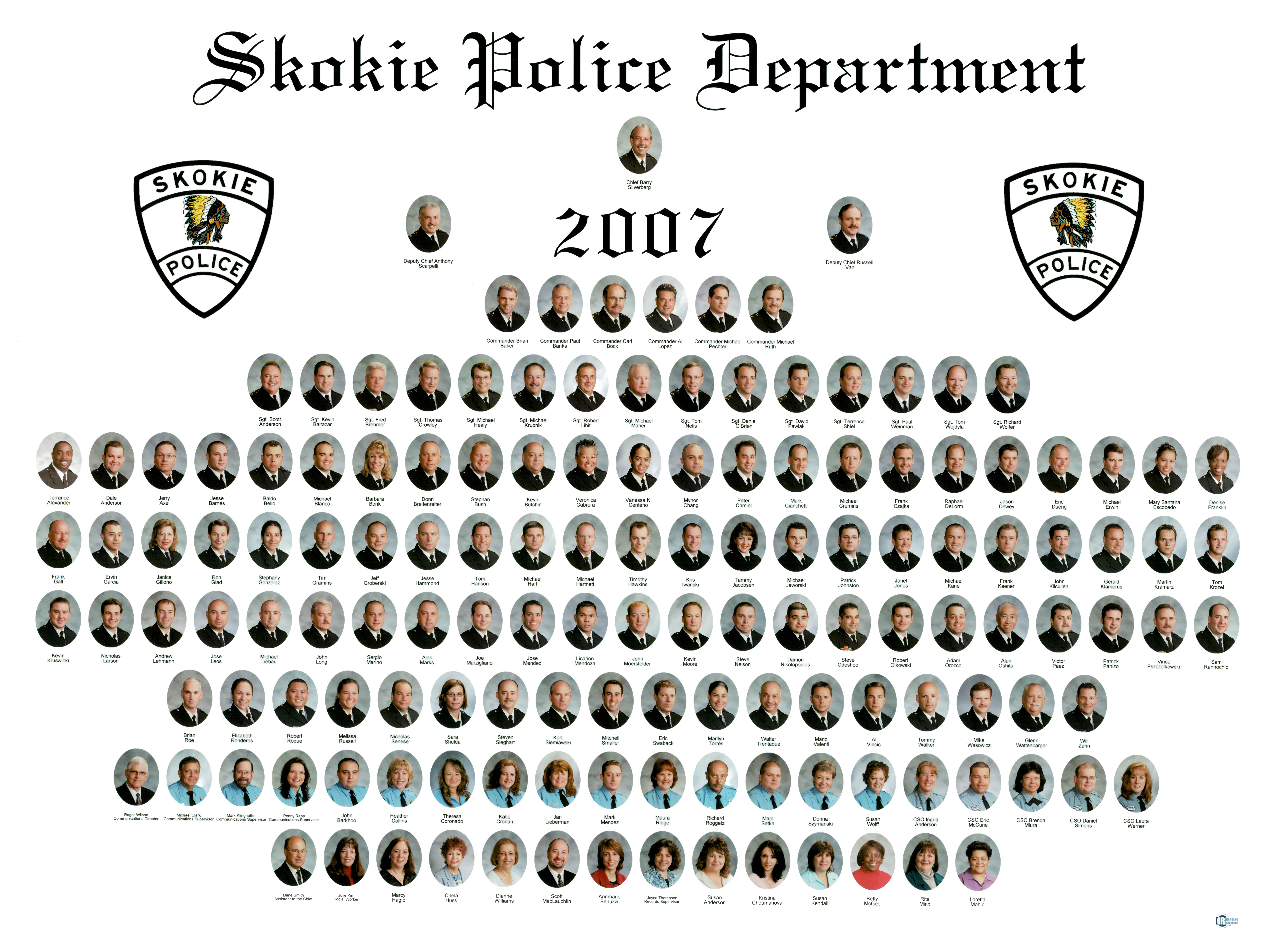New Skokie police station set for October opening
August 16, 2010
If all goes according to plan, the Skokie Police Department will have a new state-of-the-art home in about
two months from now.
But before the staff moves into their long-awaited digs, the village will hold an open house Oct. 3 to showcase
the station, which is being built at 7300 Niles Center Road just north of Touhy Avenue.
A recent strike honored by construction workers meant that all was quiet at the site for a few weeks this
summer. But the schedule had a built-in cushion, said Cmdr. Michael Pechter, who has overseen the enormous project. The new
station is still close to being on schedule, he said.
Pechter, a department veteran for more than 20 years, first became involved in the project in 2005 when a
detailed study confirmed that the current building was insufficient for today's police.
"It was learned through this study that our present space was inadequate and poor for our present and future
needs," Pechter said.
The current police station off of Main Street on Laramie Avenue was built in 1956-57 and underwent one major
renovation/expansion. Police departments more than 50 years ago were run quite differently than they are today.
"At that time, this building was originally built to be both a courthouse and a police department," Pechter
said. "In 1956 and 1957, there were no computers. There were no electronic fingerprints. The infrastructure of this building
was not designed to house the type of wiring needed for today."
Almost all of the mechanical components of the current building were also found to be outdated. Department
employees can confirm that finding as they have worked in a building this scorching summer where air conditioning has not
been fully functioning.
"The systems are well worn out," Pechter said. "We were far beyond the time in which this building needed
to be replaced."
The Laramie Avenue police station has also been cramped for years -- especially with modern requirements that
police departments now preserve crucial evidence for much longer time. The current building has six jail cells, the new one
will have 14 cells. It will also include a "holding area," which is noticeably lacking in the current building.
After meticulous research to create an ideal building plan, the village decided on a one-story environmentally
super-friendly structure occupying about 80,000 square feet -- impressive and attractive with plenty of windows and natural
light to make use of the elements.
The size of the building is more than 2.5 times that of the current Laramie Avenue station. Indoor parking
at the new station will protect valuable police resources from the harsh Chicago-area elements.
The plan was finalized after visits to many other police facilities and interviews with people who worked
there. Pechter said that Skokie officials were able to take note of what worked with these buildings and what didn't -- a
process that helped refine the village's needs when finally drawing up a blueprint.
Sitting on about 6.2 acres of property, the building was constructed using part of the former building that
sat on the site.
Skokie officials at one time promised that they would seek a silver Leadership in Energy and Environmental
Design (LEED) rating for the building. LEED is a Green Building Rating system, a nationally accepted benchmark for the design,
construction and operation of high performance green, or environmentally friendly, buildings.
But the new station is now in line to receive a gold LEED rating -- one better, police officials say.
"That means that this building is very, very energy efficient," Pechter said.
The new station will have mechanisms to use less water; a much more eco-friendly roof than standard, one that
reflects sunlight allowing the building to remain cooler during hot weather; an under-floor air distribution system providing
individually controlled indoor conditions; high-efficiency lighting although much of the building will be lit by natural sunlight;
and a reduction in the use of organic chemicals.
The building also has an environmentally-friendly water retention system. All wood in the building is coming
from a sustainable forest.
"That means all of the furniture is green furniture," Pechter said. "By looking at it, you'd never know, but
we know because that's what we shopped for."
The station includes courtyards totally exposed to the elements and surrounded on all sides by glass. The
village could have shrunk the envelope of the building, but the large size of the property allowed for other options.
"What we chose to do instead was create these courtyards to bring light into the middle areas of the building,"
Pechter said. "Inner offices that would never have had light now have light. You'll have people who may not even know why,
but they'll be happier."
There are other impressive features and not just with the building itself but inside as well.
The new station will include a state-of-the-art firearms and use of force virtual reality system, one of the
first of its kind in Illinois.
The VirTra 300-HD is currently being used by the Department of Defense, U.S. Marshals, Department of Homeland
Security, Lockheed Martin Corp. and many state and local law enforcement agencies across the country.
The multi-screen video-based firearm training system displays mock precarious scenarios in high-definition
across multiple screens, giving officers the ability to simulate shooting and tactical situations.
Trainees, surrounded by the displays, will be able to use a simulation weapon to shoot at targets moving across
screens during the exercises.
A $199,000 grant from the Department of Homeland Security's Buffer Zone Protection Program funded the $138,495
simulator. The remaining $60,505 of the grant was set to be used to purchase and install a video surveillance and security
system at the North Side Water Reclamation Plant at 3500 Howard St.
The new police station marks Skokie's second largest public works project after its $80 million flood control
system. The project is estimated to cost more than $30 million.
The Skokie Police Department's new home is mostly being funded through a $25 million 20-year bond. The village
hiked Skokie's 3 percent telecommunications tax to the maximum 6 percent allowed by the state to pay off the bond. It also
is using at least $5 million on hand to pay for the project.
 to construct a new police facility. The site will effectively be transformed into
an 80,000 square foot attractive oasis within the current industrial park (the building itself is presently surrounded by
concrete parking lots with very minimal vegetation). The Village plans to reuse a portion of the existing building
as part of the goal to obtain a silver Leadership in Energy and Environmental Design (LEED) rating. LEED is a Green
Building Rating system and is a nationally accepted benchmark for the design, construction and operation of high performance
green, or environmentally friendly buildings. The structure on this site will be largely demolished and recycled, with
only a few key elements reused in the interest of green initiatives and project cost efficiencies. The rendering to
the left shows what SRBL, the lead architect for the project, and the Village of Skokie, have agreed upon for the design of
the future police headquarters.
to construct a new police facility. The site will effectively be transformed into
an 80,000 square foot attractive oasis within the current industrial park (the building itself is presently surrounded by
concrete parking lots with very minimal vegetation). The Village plans to reuse a portion of the existing building
as part of the goal to obtain a silver Leadership in Energy and Environmental Design (LEED) rating. LEED is a Green
Building Rating system and is a nationally accepted benchmark for the design, construction and operation of high performance
green, or environmentally friendly buildings. The structure on this site will be largely demolished and recycled, with
only a few key elements reused in the interest of green initiatives and project cost efficiencies. The rendering to
the left shows what SRBL, the lead architect for the project, and the Village of Skokie, have agreed upon for the design of
the future police headquarters.














.JPG)
.JPG)





















